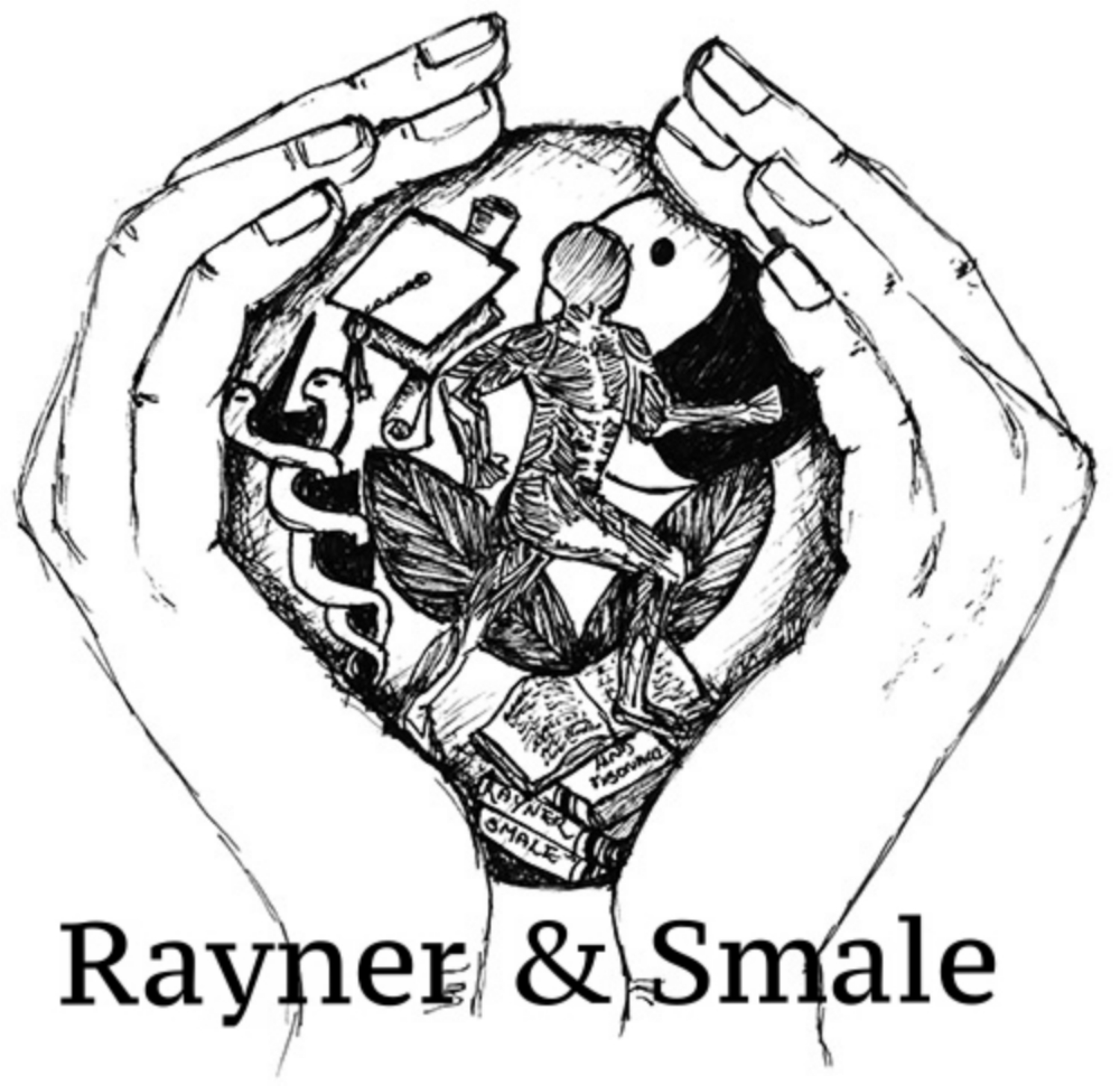Treatment Strategies for Cervicogenic Dizziness
This is the forth (and final) sequel to three previous blogs on sensorimotor dysfunction, the distinguishing features and differential diagnosis of cervicogenic dizziness, this blog aims to explore the treatment strategies for cervicogenic dizziness. Identifying deficits in sensorimotor function is only the beginning of a new approach to manage of whiplash associated disorders and cervicogenic dizziness, as we discover more about this dysfunction in cervical afferent function.
Read More